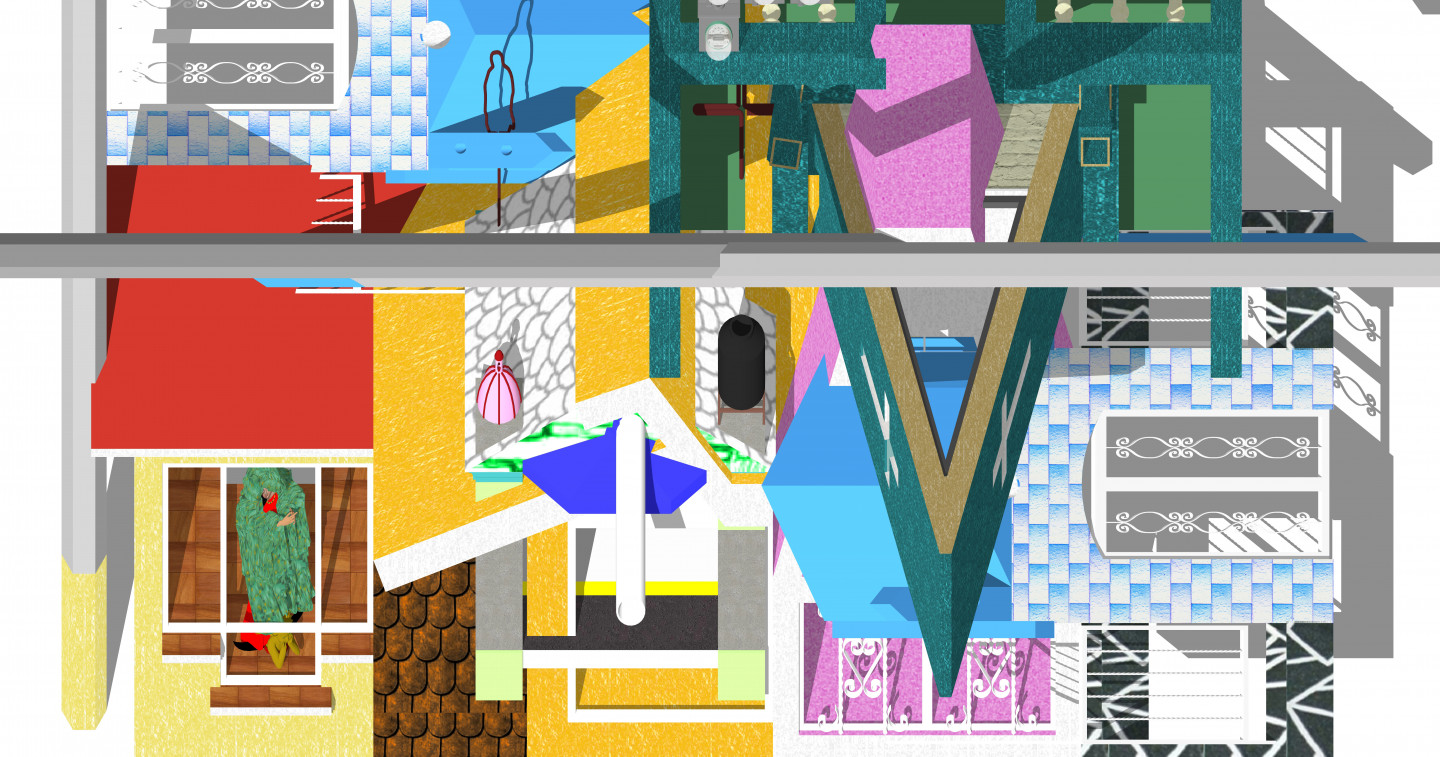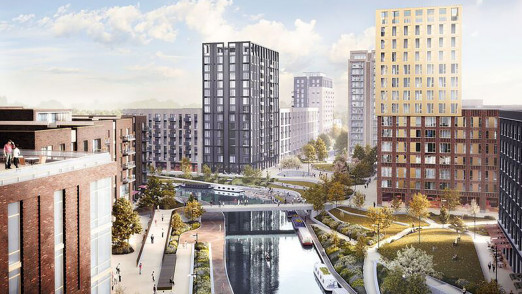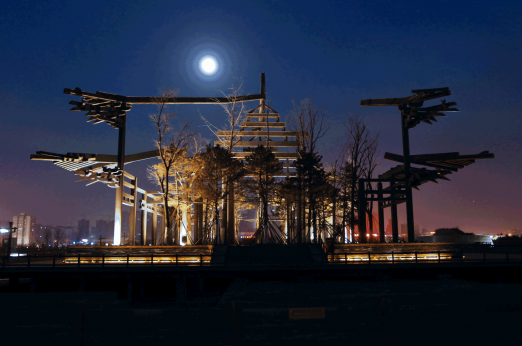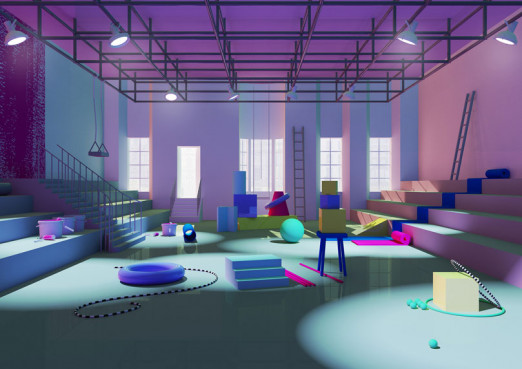The Built Environment Trust is pleased to announce that the 2017 RCA Student Prize for Innovation has been awarded to Andrés Souto Vilarós. Andrés project will be exhibited alongside the two winners of New London Architecture's NLA/RCA Prize for Architecture, Niels Werner Hersmann and Danae Haratsis.
The Built Environment Trust / RCA Student Prize for Innovation:
The Aesthetics of Hope, Andrés Souto Vilarós
The Aesthetics of Hope is a research project that investigates architecture made outside the boundaries of official culture. It explores the methods and processes in which popular culture appropriates and interprets official architecture and speculates on how these might evolve.
The self-built tiny chapels scattered throughout Mexico City represent the most faithful examples of how popular culture appropriates and interprets official architectural language. They reveal our reading and use of space through a collectively understood application. Both the archetypes and the aesthetic language render the buildings visible. This idea is further evidenced by the tiny chapels that try to resemble the New Basilica of Guadalupe and raise the question of when, how and why do new archetypes emerge and how is an archetype brought into cultural understanding?
The potential for broader and global influence is manifested in the way popular culture and the DIY community have spread into the digital world. As a relevant platform, SketchUp and its 3D Warehouse is used as a means to test these ideas and speculate on how such industries and cultures might affect each other in the creation of archetypes, architectural meaning, style and taste.
Through the use of film and video the project legitimizes the construction of The Newest Basilica of Guadalupe living inside the 3D Warehouse. YouTube channels appear to teach new techniques on how to translate the architecture of the digital cathedral into the real world. Self built versions of the cathedral begin to appear throughout the city. An architecture that references and valorises itself.
NLA / RCA Student Prize for Architecture:
Neue Sachlichkeit, Niels Werner Hersmann
Recent years have seen London face a dramatic decrease in industrial land. Beside the declining availability of industrial land, the high demand for housing and office space, particularly in the centre of London, is reflected by the distinct inequality in the distribution of businesses, where Outer London accounts for 78% and Inner London for the remaining 22%.
An industrial zone south of Battersea Power Station that stretches over an area dominated by 19th century brick viaducts is the last remaining part of the former vibrant industry of Nine Elms. But what first appears to be a unity reveals at a closer look that many different owners running these estates separately from each other.
This project intends to change this by establishing a guild as the legal institution that accounts for knowledge transfer and a Land Trust that owns and manages the land. The vivid exchange with the surrounding communities and the wider city is a key factor to re-establish a direct relation with the producing industry.
A cluster of structures will provide student housing, stacked workshops, offices, presentation and recreation facilities, and will be laid out over the existing network of spaces. These idiosyncratic urban rooms will be reconnected and give – in connection with the high-rise workshop buildings – a physical presence to the industrial estate and the idea of industry in the 21st century city itself.
No Standard, Danae Haratsis
We live in a society of minimums, expecting that the starting point is always the least possible. High pressures on the market and loopholes enable developers to manipulate minimum space standards, transforming these into a negotiation tool. Real estate developments become tangible examples of value trades - would it be possible to reverse the system, keeping price rather than space as a constant, and the apartments' sizes reflecting the trades their inhabitants make?
No standard takes on the lack of affordability and excessive standardisation of housing in London. It aims to bypass the negativity implied when working with minimum standards, as well as the prescribed lifestyles imposed upon inhabitants.







